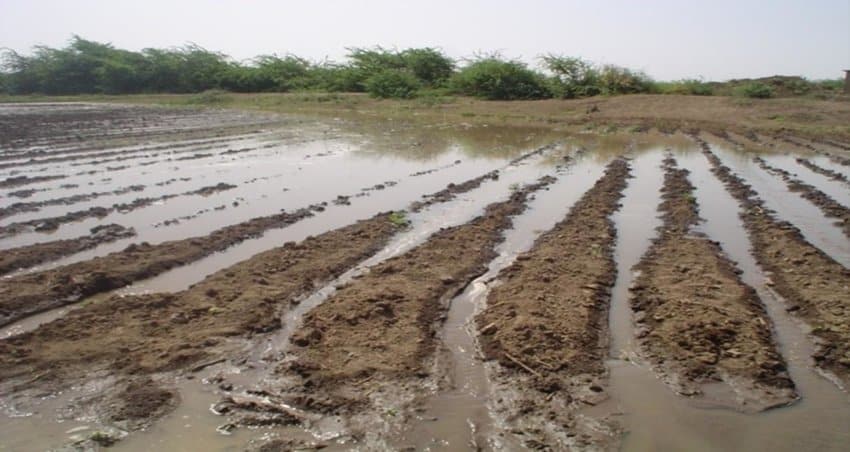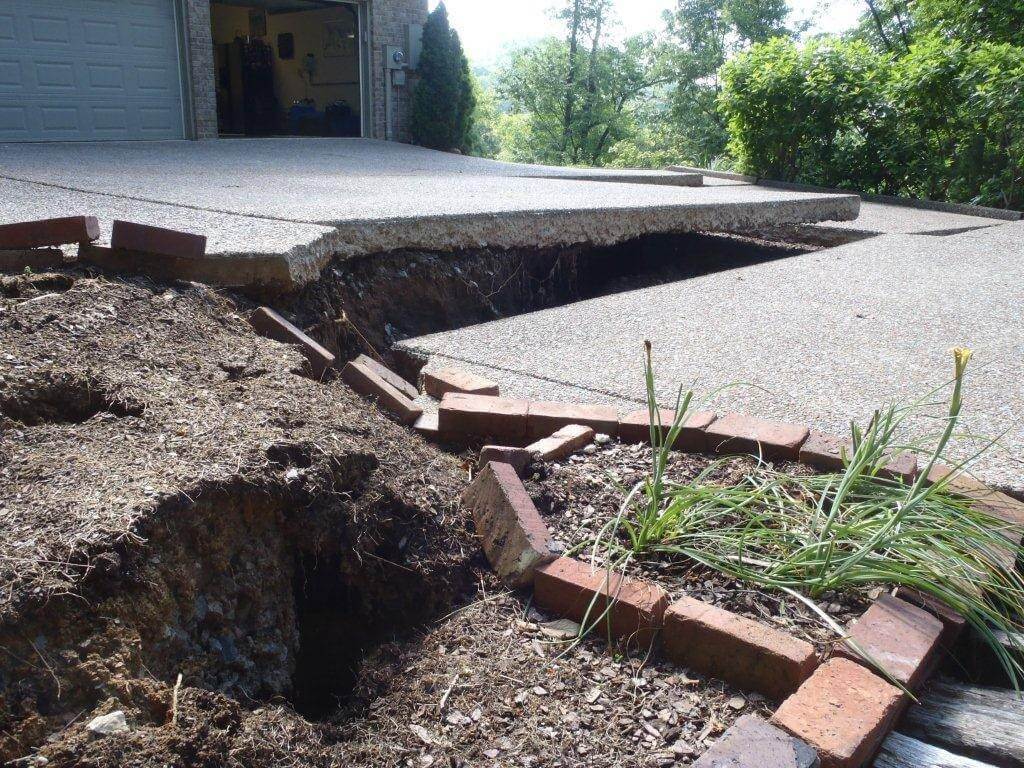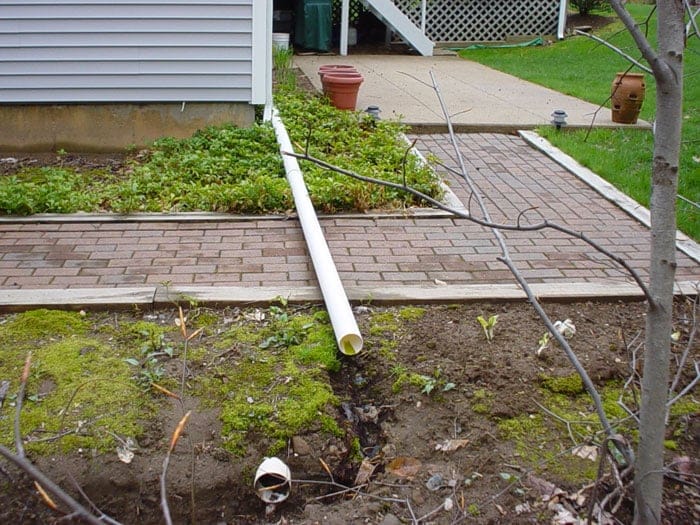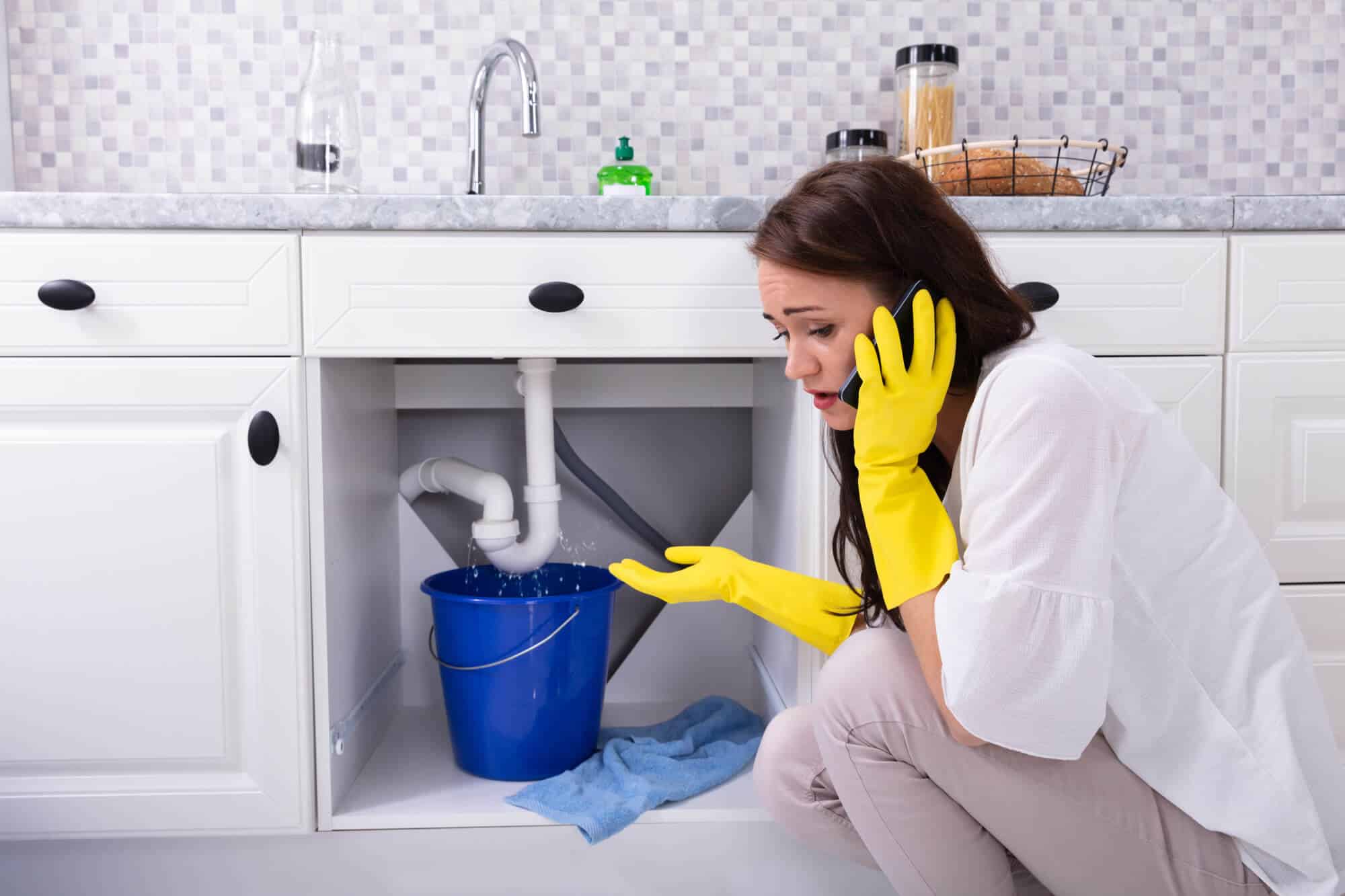Common Drainage Problems and How to Fix Them: Expert Tips and Tricks
Homeowners frequently encounter drainage issues that can lead to substantial property damage if not addressed promptly. Understanding these common problems and how to fix them is essential for maintaining a healthy and functional landscape. Here are some expert tips and tricks to help you tackle the most frequent drainage issues.
Standing Water in the Yard
Standing water often results from poor soil drainage or inadequate grading. This issue can create an unsightly lawn and attract mosquitoes and other pests. To address this problem, start by improving the soil’s drainage capacity. Aerating the lawn can help, allowing water to penetrate the soil more easily.
Creating a slope away from the foundation can also prevent water from pooling. Ensure the yard is graded so that water flows away from structures. French drains or dry creek beds can be installed to redirect excess water to a designated drainage area.
Waterlogged Soil

Waterlogged soil is another common drainage problem. Overly saturated soil can suffocate plant roots and lead to poor plant health. To improve soil drainage, incorporate organic matter such as compost. This helps break up compacted soil and enhances its ability to absorb water.
Raised garden beds offer another solution for managing waterlogged areas. Elevating the planting surface can ensure better drainage and provide a healthier environment for plants. Using gravel or sand at the base of the beds can further enhance drainage.
Basement Flooding
Basement flooding often stems from inadequate exterior drainage systems. Gutters and downspouts that fail to channel water away from the house can lead to water seeping into the basement. Regularly cleaning gutters and ensuring downspouts extend five feet from the foundation can mitigate this issue.
Installing a sump pump in the basement provides additional protection. This device automatically pumps out water accumulating in the sump basin, stopping it from flooding the basement. According to Chicago drainage experts – Warelandscaping, sump pumps are essential for properties prone to heavy rainfall.
Erosion Issues

Erosion can degrade landscapes, leading to loss of soil and damage to plants. This problem typically arises in areas with slopes or where water flows rapidly. To combat erosion, consider planting ground cover vegetation. Plants with extensive root systems help hold soil in place, reducing erosion risk.
Building terraces on steep slopes can also prevent soil from washing away. Retaining walls add structure and stability to the landscape, creating level planting areas and reducing runoff speed. Incorporating mulch into garden beds protects soil from erosion and helps retain moisture.
Clogged Drains
Clogged drains cause water to back up, leading to standing water and potential flooding. Regular upkeep of drainage systems is essential to prevent clogs. Inspect and clean gutters, downspouts, and French drains periodically to ensure they are debris-free.
Installing gutter guards keeps leaves and other debris out of the gutters, reducing the frequency of clogs. For French drains, ensure the gravel and pipe remain unobstructed. Flushing the system with water occasionally can help keep it clean and functional.
Poor Grading

Poor grading directs water toward the home rather than away, leading to foundation problems and basement flooding. Correcting grading issues involves reshaping the landscape to promote proper water flow and better aesthetics. Creating a mild slope that directs water away from the house ensures that runoff does not accumulate near the foundation.
Installing swales, or shallow ditches, can also help manage water flow. These features guide water to appropriate drainage areas, preventing it from pooling around the house. Swales can be landscaped with grasses or other plants to blend seamlessly into the yard.
Paved Areas with Poor Drainage
Paved areas such as driveways and patios can exacerbate drainage issues if incorrectly designed. Water can amass on these surfaces, leading to puddles and potential damage. Permeable paving materials, such as permeable pavers or porous concrete, allow water to pass through and soak into the ground.
Adding a slope to paved areas ensures that water flows away from structures. Drains or channels installed along the edges of driveways or patios can capture runoff and direct it to appropriate drainage systems, preventing accumulation and damage.
How Do You Deal with Your Landscape Drainage Issues?
Addressing common drainage problems promptly can save homeowners from extensive property damage and maintain a healthy landscape. Implementing solutions such as improving soil drainage, correcting grading, and installing effective drainage systems ensures your property remains functional and visually appealing. Regular maintenance and proactive measures are key to preventing drainage issues and protecting your investment.
These expert tips and tricks helps you stay ahead of potential problems and create a resilient, well-drained landscape. With the right strategies, you can enjoy a beautiful, functional outdoor space that withstands the challenges of varying weather conditions.







